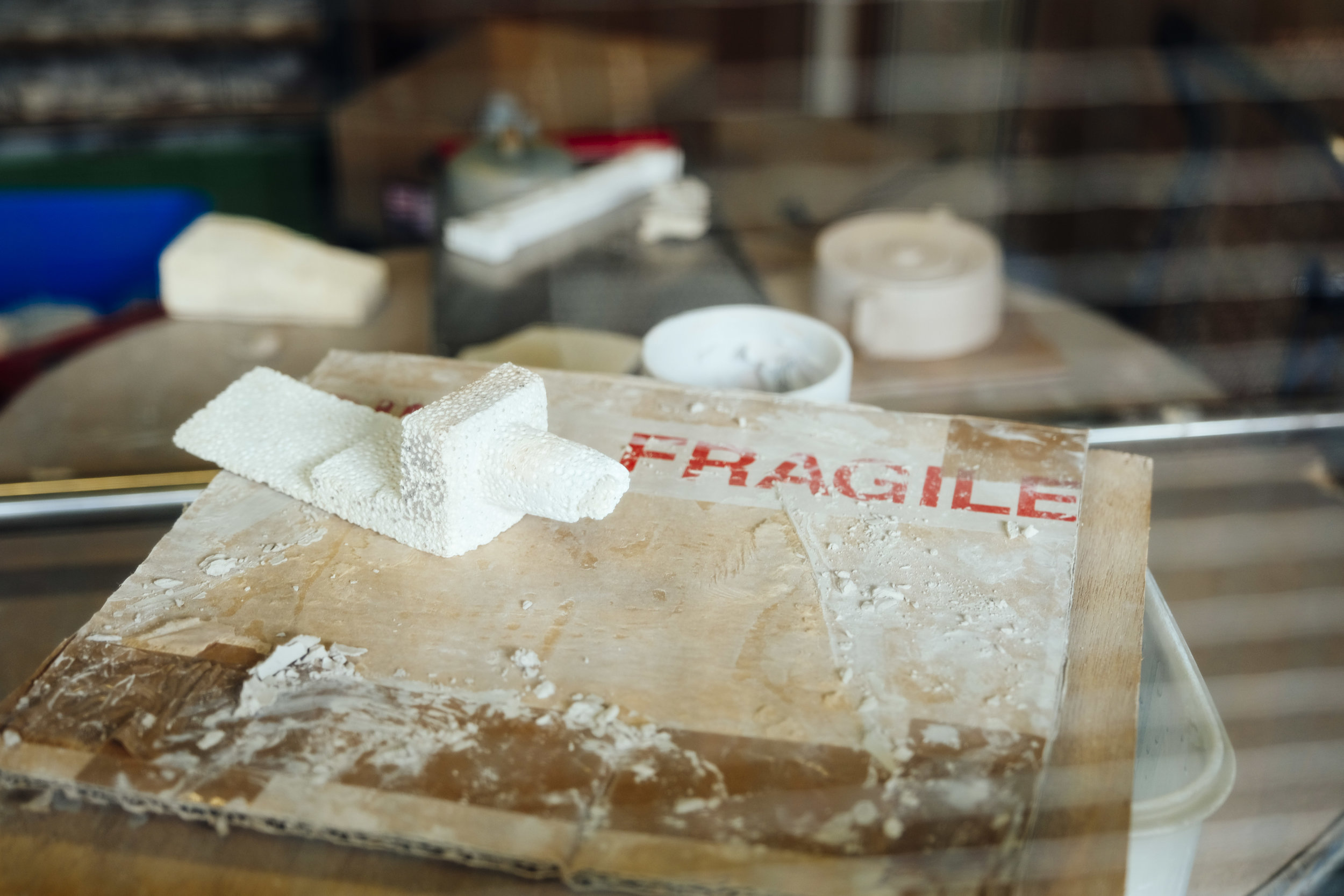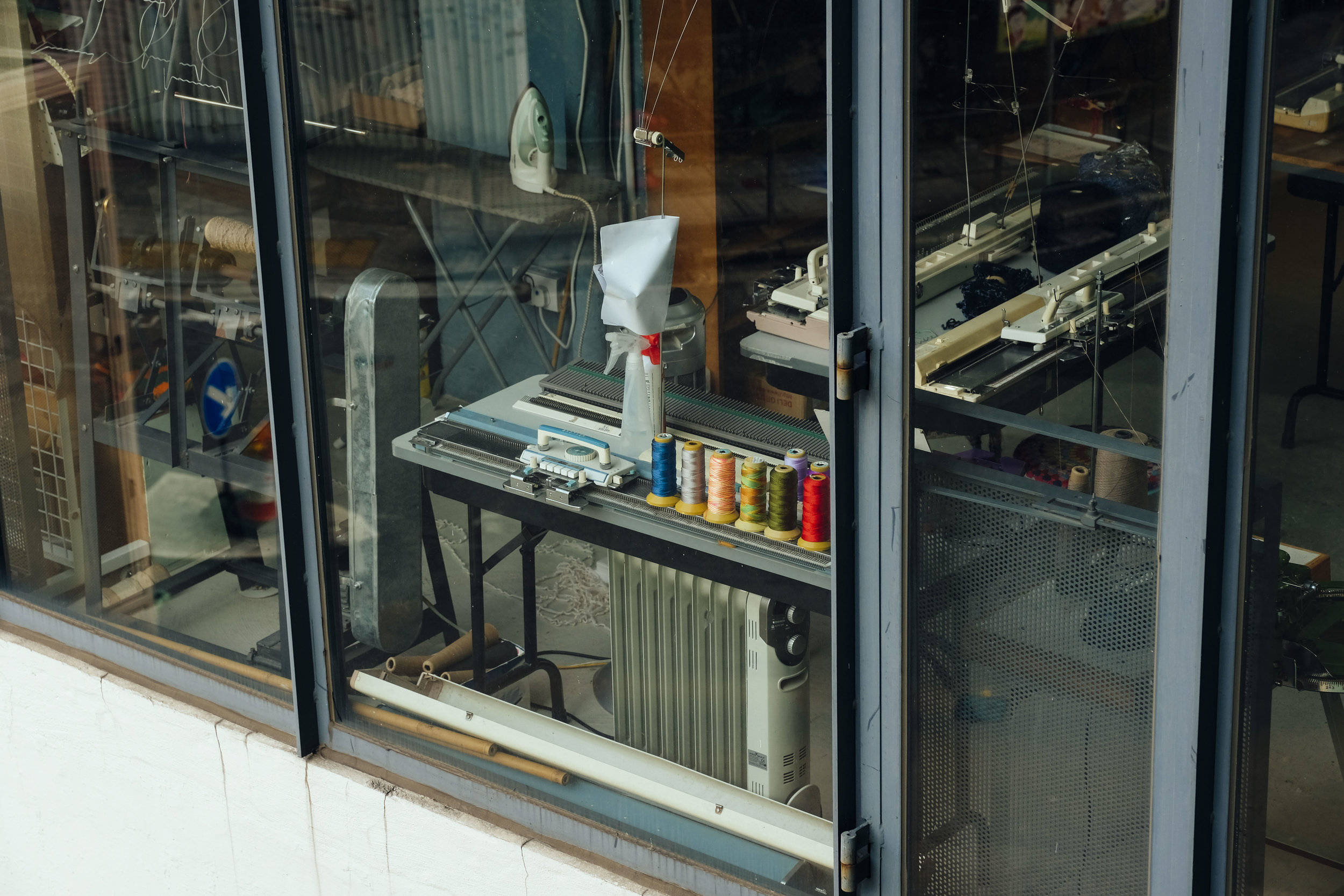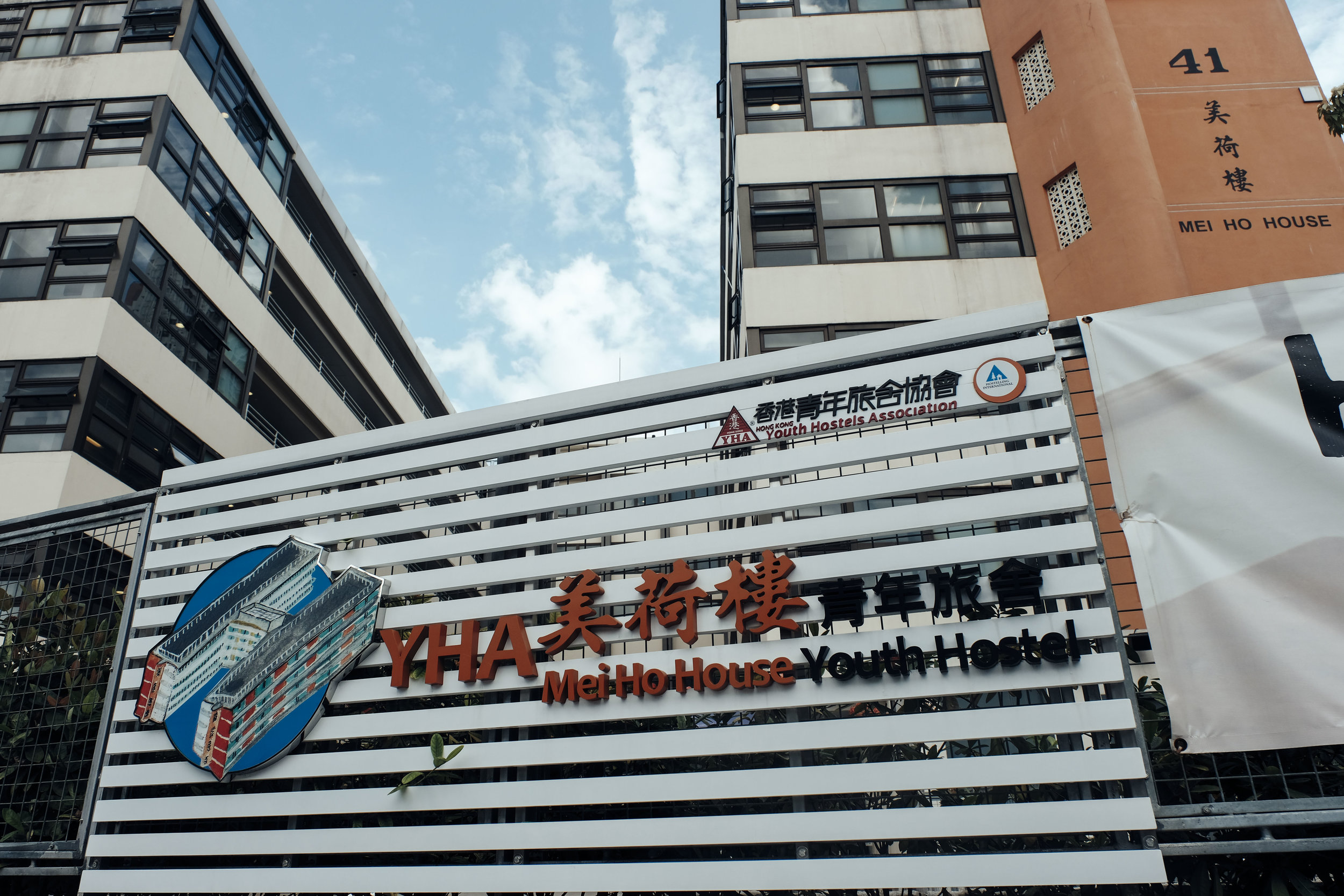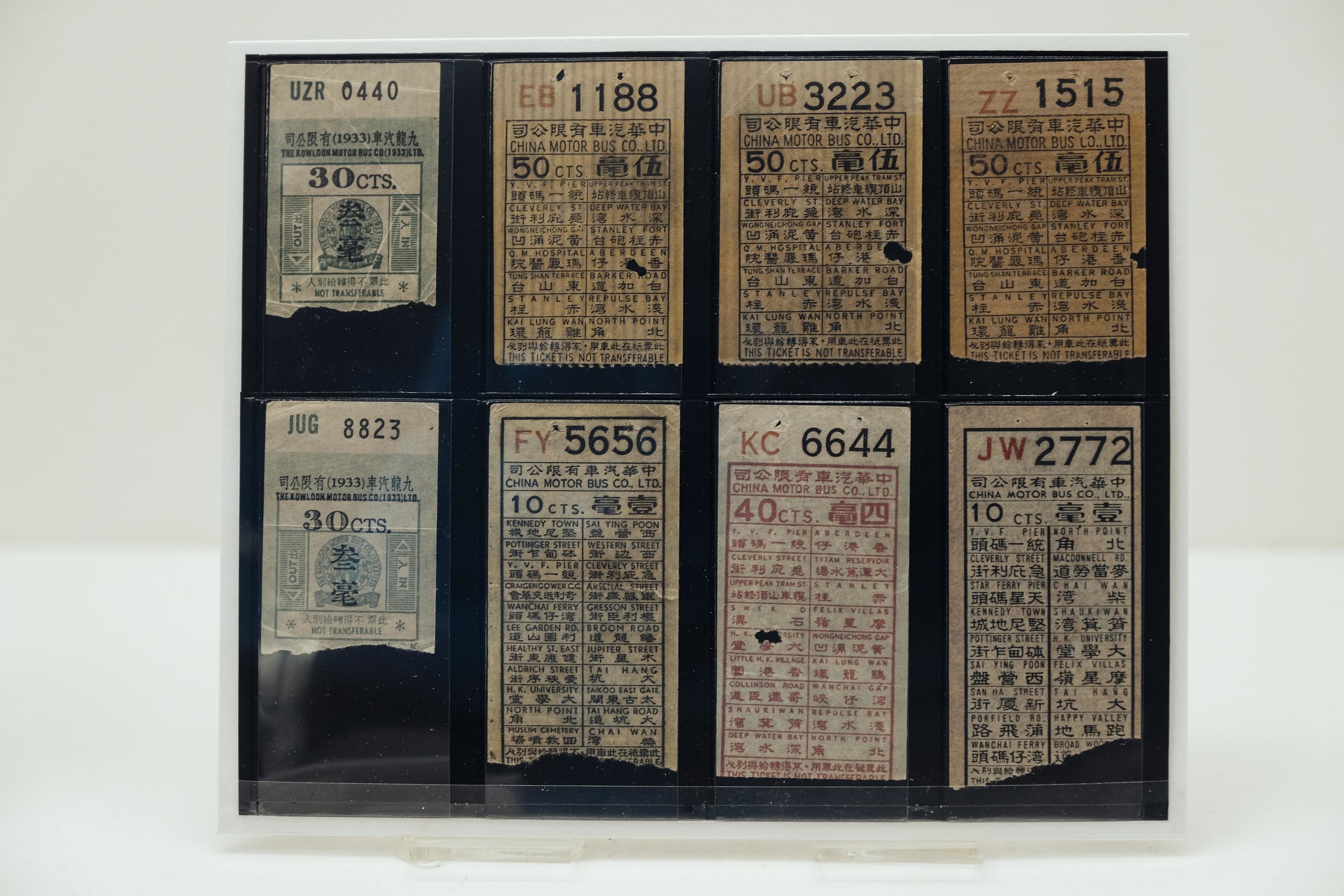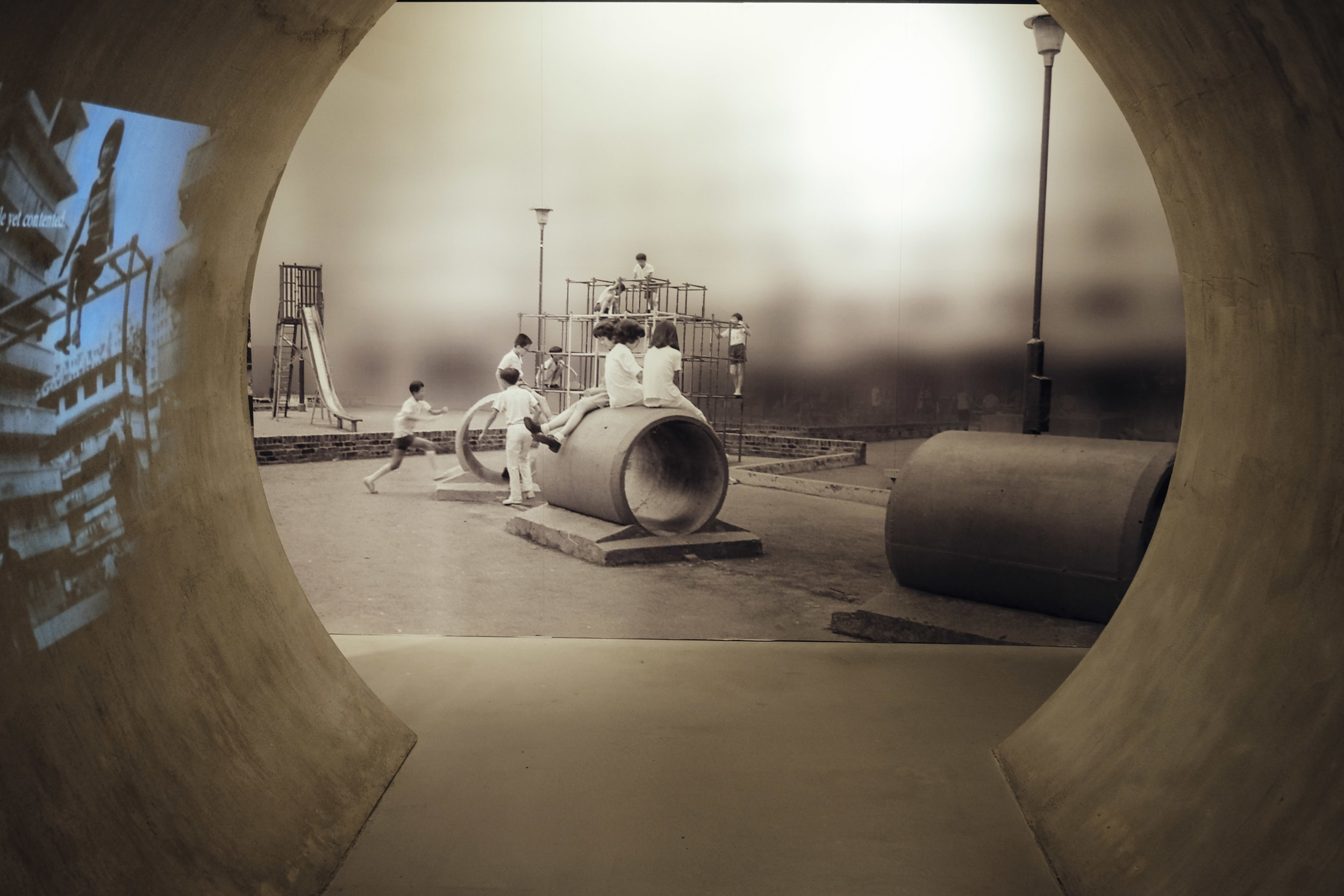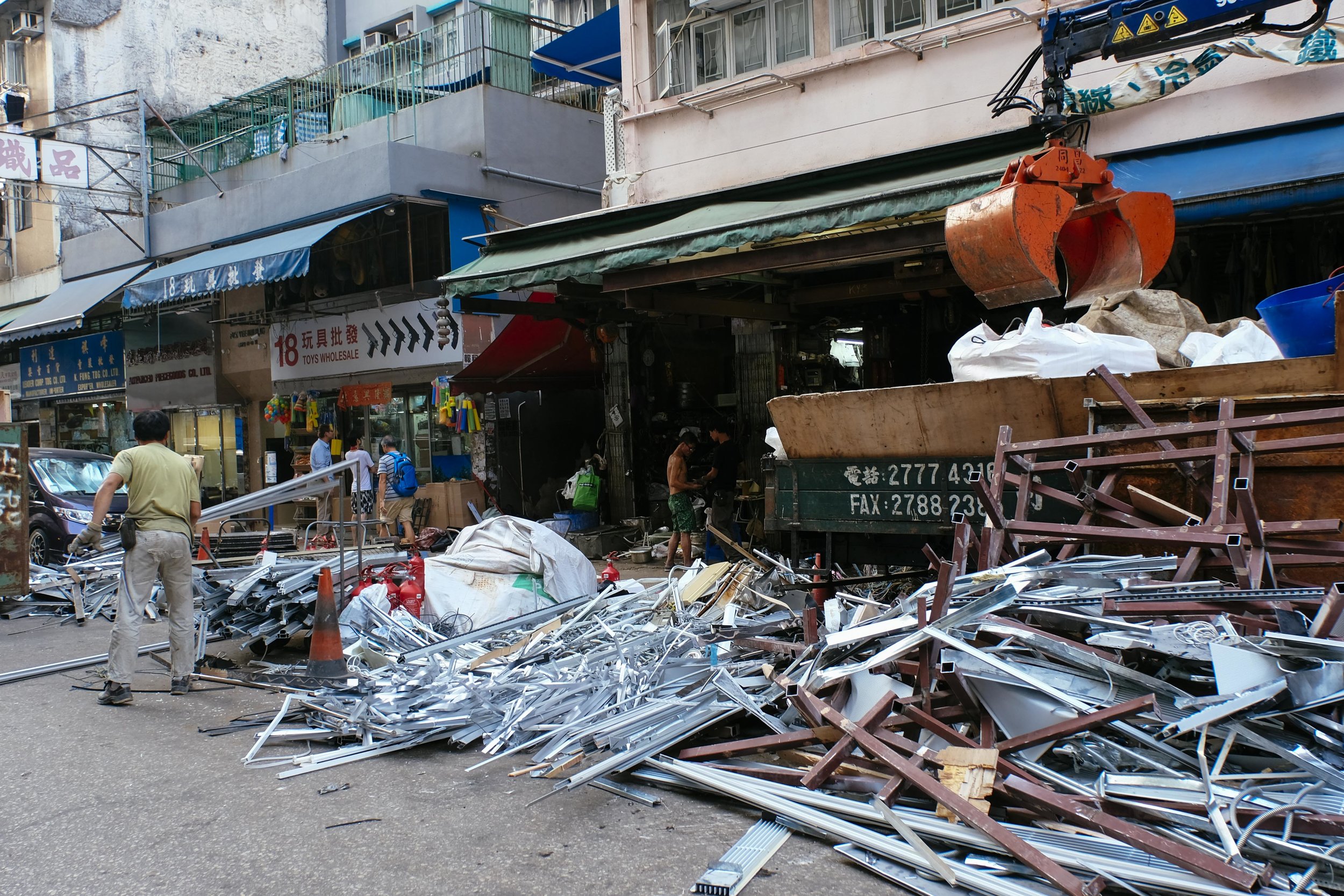Shek Kip Mei: The Real Estate
23 Oct 2016, Hong Kong
Replica of what an interior of one of the early flats would have looked like in Shek Kip Mei Estate.
Right here, our family once slept on the streets, waited for emergency relief and waited for moving into the resettlement area. Right here, I had fought with the rogues and gone home bleeding. Right here, I had worked as a delivery boy for restaurants and groceries, carrying rice up to the 7th floor. Right here, I slept on a canvas bed in the corridor to look at the stars and daydream about the film industry. I looked forward to hearing the nearby church bell. Right here, I had a lot of life experiences that made me deeply feel the joys and sorrows of the world. The sky was sometimes dark grey and the weather muggy; I could still feel the warmth of life though.
Right here, I began peeking at the Cantonese movies at the Palace Theatre, watching movies at the Paramount Theatre in Mongkok and at college, finally seeing films of La Nouvelle Vague, Fellini, Ingmar Bergman, Akira Kurosawa and Mizoguchi in Studio One of City Hall. Right here, I wrote my first prose and first poem, shot my first experimental film and performed for the first time on stage. Until I became a movie director at the age of 26 shooting my first commercial movie, ‘The Young Dragons’, my correspondence address was still Room 423, 2nd Floor, Block 4, Shek Kip Mei Estate, Kowloon.
- Excerpt from a memoir by John Woo
Source: Heritage of Mei Ho House Museum
Dense is usually the first word that comes to mind when thinking about Hong Kong's public housing.
Situated just outside the far more famous areas of Kowloon Tong, Mongkok and Sham Shui Po, Shek Kip Mei isn’t really touted as an essential place to visit for tourists. In fact, venturing out from the MTR station, one is assailed by the typical conurbation of impossibly high-rise housing ‘estates’, marked by gated entrances and an abundance of domestic helpers waiting for a bevy of schoolchildren to emerge from the many schools that dot the area.
It's a typical scene in a residential neighbourhood, broken only by the inevitable rattle of piling machines as they prepare to further extend the estate, cutting into and against the side of a hill. Translated literally, Shek Kip Mei becomes Gorge’s End, a throwback to a time when the island was far less developed and squatter settlements dotted the landscape.
THE BIRTHPLACE OF PUBLIC HOUSING?
Look upwards in any Hong Kong neighbourhood and you will feel dwarfed by dense forests of government-built skyscrapers, built to cater to lower-income residents. About half of the population live in these rental apartments. And quite possibly, the genesis of this landscape-changing policy came about from what happened in Shek Kip Mei in 1953.
On Christmas night in 1953, Shek Kip Mei was stirred to screaming exodus by a fast-spreading fire that rendered 58,000 people homeless. Six villages were ravaged and it was a miracle that only two people lost their lives.
The ensuing rehousing process is often seen as the beginning of Hong Kong's mammoth public housing programme, although the government of the day had already been looking at different ways to solve the growing problem of land shortage and a sharp rise in squatter settlements throughout Hong Kong. The fire inadvertently helped things along by giving a good reason for the land to be cleared and redeveloped.
Incredibly, one of the initial ideas floated for rehousing squatters involved building bungalows, but this would mean that thousands of squatters would have to relocate elsewhere due to the obvious lack of space to house everyone. Eventually, multi-storey blocks with lower density space requirements of 24 sq. feet per adult were adopted. This set a precedent for future housing projects and had a knock-on effect on future housing projects. In other words, that is why flats in Hong Kong are so damned tiny!
JOCKEY CLUB CREATIVE ARTS CENTRE
A couple of culturally relevant institutions make Shek Kip Mei worth an afternoon visit. Close to the MTR station lies the striking façade of the Jockey Club Creative Arts Centre (JCCAC). It is a multi-disciplinary arts village and performing arts centre housed in the former Shek Kip Mei Factory Estate, which was home to a host of cottage industries over 50 years ago. Refurbished and reopened in 2008, JCCAC is a must-visit if you want to look at the ‘cottage’ arts industry, mainly in visual arts like photography, ceramics, sculpture, printmaking and glass, but also in performing arts and applied arts.
MEI HO HOUSE
Today, only Mei Ho House (Block 41) exists from the original resettlement blocks that were built after the fire. It was granted Grade I Historic Building status in 2005 and has since been transformed into a youth hostel that also contains a very informative museum about the estate, the fire and the ensuing construction of the blocks.
Top Left: Exterior signage. Top Right: Old bus fare stamps. Bottom left: Image in the museum of makeshift play spaces. Bottom right: Life-sized reproduction of a typical living space in one of the flats.
CONCRETE MARKETS
Today, wet markets and street markets are sanitised, having been moved into cleaner environments under the monolithic blocks. But, it is reasonable to say that the stall owners haven’t changed that much. Hong Kong’s aging population is reflected in the many elderly folk who continue to work in these ‘inferior’ jobs, which the younger generation shun in favour of the city's bright lights and office jobs.
There is a particular comfort in wandering through the bustle of the markets and imagining, even for a moment, what life might have been like 50 years ago.
VISIT:
Jockey Club Creative Arts Centre
Address: 30 Pak Tin St, Shek Kip Mei
Opening Hours: 10am - 10pm, Mon-Sun
Admission: Free to walk around. Contact individual artists for a private tour or for classes
Heritage of Mei Ho House Museum
Address: Block 41, Shek Kip Mei Estate, Sham Shui Po, Kowloo
Opening Hours: 9.30am-5pm, Tue-Sun
Admission: Free







